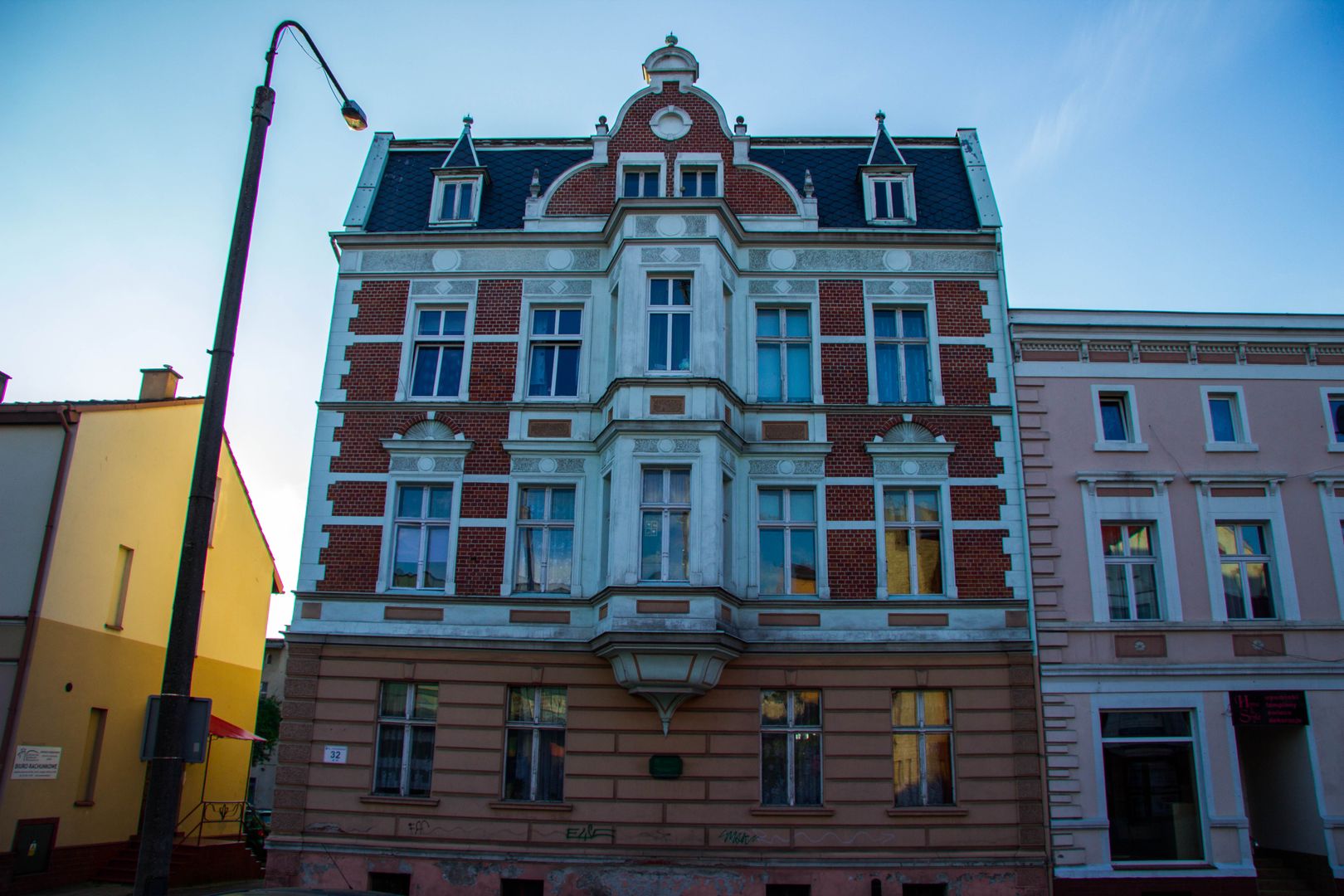Kwidzyn
7.11

Overview
Kwidzyn is a city in the Pomeranian Voivodeship, known for its rich history dating back to the Middle Ages, when it initially existed as a settlement called Kwedis. The city is situated on the Liwa River, in the area of the historic Pomesania region. Kwidzyn features a castle-cathedral complex, including the castle of the Pomesanian chapter, whose construction began in 1322, and the Co-Cathedral of St. John the Evangelist, renowned for its Gothic style. Despite destruction during World War II, the city has preserved many valuable monuments, such as fragments of the city walls, ruins of the town hall tower, and classicist tenement houses. The Castle Museum in Kwidzyn showcases the history of the region through archaeological and artistic craft exhibitions. Kwidzyn's culture is represented by the Kwidzyń Cultural Center, which organizes various workshops and cultural events. The city is also home to numerous organizations and associations that promote local art and traditions. An interesting fact is that in 2007, the remains of Teutonic masters were discovered in the crypts of the co-cathedral. Kwidzyn is part of the Trail of the Gothic Castles, attracting tourists interested in history and Gothic architecture. The city also has a place in sports history, with active handball and basketball teams, as well as well-developed sports infrastructure. Kwidzyn combines a unique historical heritage with dynamic industrial and cultural development, making it an interesting destination on the map of Poland.
Location
You can also find here:
2025 Wizytor | All Rights Reserved

